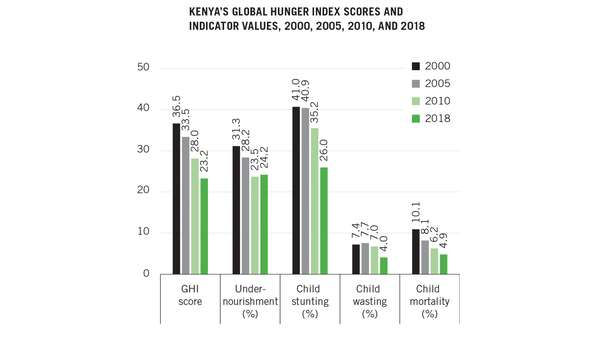Fish and Nutrition
- thefoodscientistke
- Aug 25, 2020
- 3 min read
According to a 2019 report by Obiero et al., fish contributes to only 10% of the average animal protein consumed by Kenyans, with milk and meat taking about 50% and 36% respectively. The consumption of fish in Kenya, on average, is about 10% of what is consumed globally, even though Africa in general boasts of a high consumption rate than the global one. There is still a lot of friction when it comes to the consumption of fish by the average Kenyan. Part of the problem lies in some cultural beliefs against fish consumption in some communities, such that most of the consumption takes place around fishing communities, with very little consumed by people in the inland towns and villages. This consumption is especially low in counties within Central Province. Another major reason could be lack of knowledge about the benefits of fish consumption, and people are therefore not compelled to add fish to their day to day dietary habits. Local populations do not realize how beneficial fishing and aquaculture can be to food security, nutrition, and the social and economic well-being of the country. The most consumed fish in Kenya is tilapia, as the FAO Blue Growth Blog provides. However, more people are warming up to the consumption of dried sardines (Omena) and the Nile perch. Increased consumption of fish promises many benefits in the grand scheme of things especially in a country where protein energy malnutrition is still a significant issue and the fact that about 45% of all child deaths is associated with under-nutrition as The Kenya National Micronutrient Survey of 2011 provides.
There are two main categories of fish; marine fish (seafood) and fresh-water fish, both of which contribute significantly to the total fish produced in Kenya. In addition, aquaculture has slowly been taking root as more of us understand its potential nutritional and economic contribution. Moreover, the government has been keen to promote fish-farming, especially since 2010, in a bid to control overcapacity in fishing zones and promote environmental sustainability as fish are being depleted because of over-fishing. Depending on the type of fish, their nutritional profile differs in one way of another. However, listed herein are the most basic nutrients that fish has to offer, and we really stand to benefit if we start taking fish more frequently.
Macro-Nutrients
Fish is very high in proteins. 100 gm of fish provides you with about 44% of your daily recommended value of protein per day (based on a 2000 calories diet). This same amount provides about 18% of the recommended amount of fat per day, most of which is unsaturated (good fat). NB: Fish has got no carbohydrates at all.
*It is also high in cholesterol, which also harbors significant physiological benefits to the body.
Omega-3 Fatty Acids
Omega-3 fatty acids are essential amino acids, which means that the body doesn't make them. They have to be obtained from food sources. People are required to consume at least 200 mg of these fatty acids per day, which is why cod liver oil is such a popular supplement given to children. The role of omega-3 in the prevention of cancers is still a bone of contention. However, the different omega-3 fats play an important role in human physiology, which is reason enough to include them in our diet. Moreover, these essential fatty acids have been associated with decreased risk of depression, ADHD, Alzheimer’s disease, dementia, and diabetes (consider the links at the bottom for more information). The richest sources of omega-3 are fish. However, in varying capacities, chia seeds, walnuts, soya beans, and flax seeds have some of these fats.
Other Nutrients are as Follows (Based on a 2000 calories diet and 100 gm of fish).
Sodium 2% Potassium 10%
Vitamin A 1% Vitamin C 6%
Calcium 1% Iron 1%
Vitamin B-6 30% Cobalamin 46%
Magnesium 7%

Herein are References for More Information
High aquaculture growth needed to improve food security and nutrition https://www.kmfri.co.ke/images/pdf/policy_brief.pdf
Blue Growth blog: Notes from Kenya: Eat fish for a better life http://www.fao.org/blogs/blue-growth-blog/notes-from-kenya-eat-fish-for-a-better-life/en/#:~:text=In%20Kenya%2C%20the%20average%20national,average%20rate%20nearing%2020%20kg.&text=Tilapia%20is%20the%20main%20fish,Omena)%20and%20Nile%20Perch%20fillets.
The Kenya National Micronutrient Survey 2011http://www.nutritionhealth.or.ke/wp-content/uploads/Downloads/The%20Kenya%20National%20Micronutrient%20Survey%202011.pdf
Fishery and Aquaculture Country Profiles: The Republic of Kenya http://www.fao.org/fishery/facp/KEN/en#CountrySector-ProductionSector http://www.fao.org/fishery/facp/KEN/en#CountrySector-Statistics
Strengthening the Blue Economy platform for sustainable development of the blue spaces in Kenya https://oceanconference.un.org/commitments/?id=21560









Comments